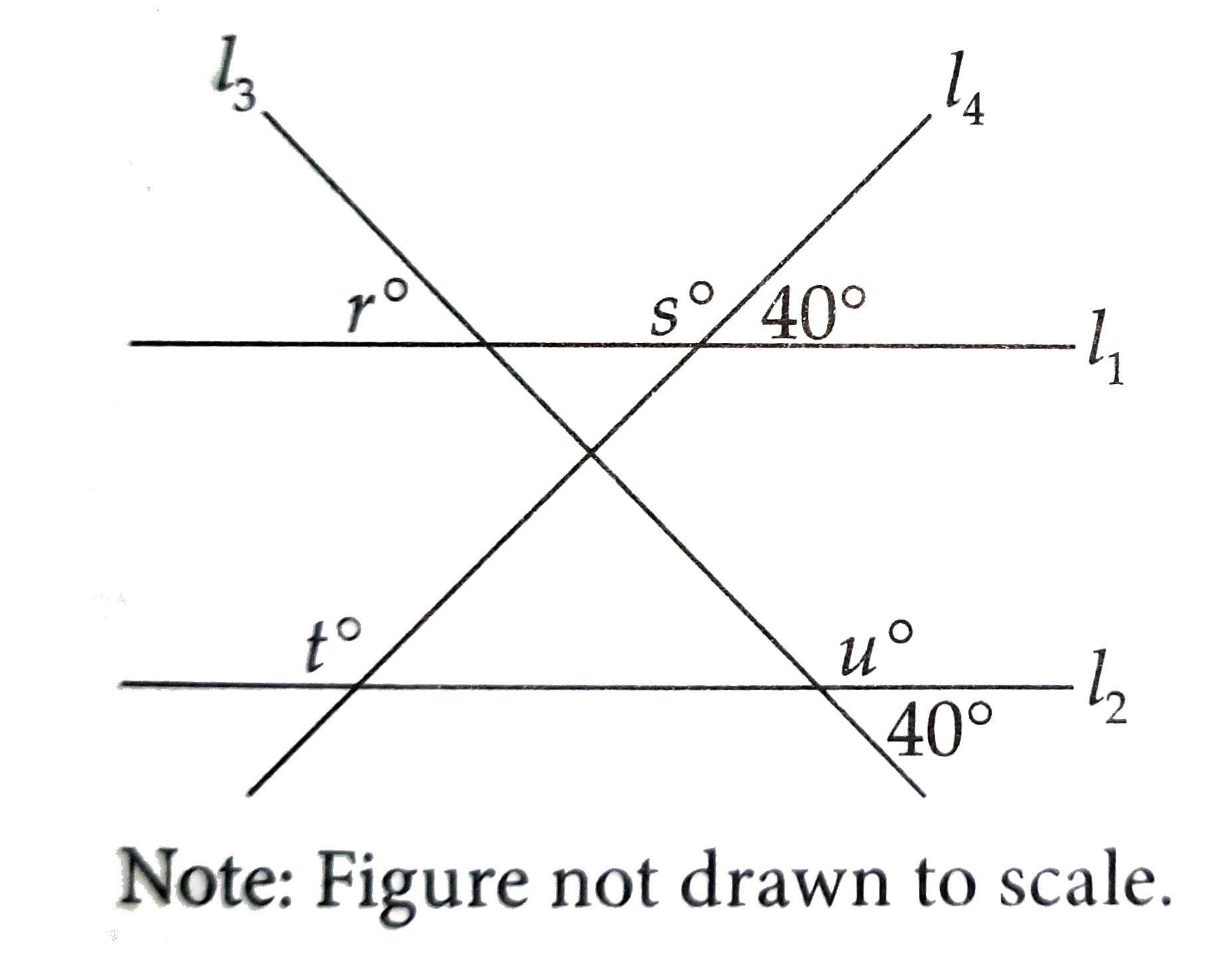Which of the following may be true for RNA
A=U,G=C
A≠U,G≠C
A=U=G=U
purines = Pyrimidines
The correct Answer is:B
To determine which statements may be true for RNA (ribonucleic acid), we need to analyze the options provided in the question. Here’s a step-by-step breakdown of the reasoning:
Step 1: Understand the Structure of RNA
RNA is a single-stranded nucleic acid, which means it does not have the double helix structure that DNA has. This single-stranded nature affects the pairing of nitrogenous bases.
Step 2: Analyze the Base Pairing in RNA
In RNA, the nitrogenous bases are adenine (A), uracil (U), guanine (G), and cytosine (C). The base pairing rules for RNA are:
- Adenine pairs with Uracil (A = U)
- Guanine pairs with Cytosine (G = C)
However, unlike DNA, RNA does not necessarily have equal amounts of these bases due to its single-stranded nature.
Step 3: Evaluate Each Option
- Option A: A = U: This is true in terms of pairing, but it does not imply equal content in a single-stranded RNA.
- Option B: G = C: This is also true in terms of pairing, but again does not imply equal content.
- Option C: A is not equal to U, G is not equal to C: This statement is incorrect because A does pair with U and G does pair with C.
- Option D: A = U = G = U: This is incorrect as it implies all bases are equal, which is not true.
- Option E: Purines = Pyrimidines: This is incorrect because purines (A and G) and pyrimidines (U and C) are not necessarily equal in content in RNA.
Step 4: Conclusion
The correct option that reflects the nature of RNA is that adenine is not equal to uracil, and guanine is not equal to cytosine in terms of their content in a single-stranded RNA molecule. Therefore, the correct answer is:
Correct Option: A is not equal to U, G is not equal to C.
---
RNA is a single-stranded nucleic acid, which means it does not have the double helix structure that DNA has. This single-stranded nature affects the pairing of nitrogenous bases.
In RNA, the nitrogenous bases are adenine (A), uracil (U), guanine (G), and cytosine (C). The base pairing rules for RNA are:
- Adenine pairs with Uracil (A = U)
- Guanine pairs with Cytosine (G = C)
- Option A: A = U: This is true in terms of pairing, but it does not imply equal content in a single-stranded RNA.
- Option B: G = C: This is also true in terms of pairing, but again does not imply equal content.
- Option C: A is not equal to U, G is not equal to C: This statement is incorrect because A does pair with U and G does pair with C.
- Option D: A = U = G = U: This is incorrect as it implies all bases are equal, which is not true.
- Option E: Purines = Pyrimidines: This is incorrect because purines (A and G) and pyrimidines (U and C) are not necessarily equal in content in RNA.
The correct option that reflects the nature of RNA is that adenine is not equal to uracil, and guanine is not equal to cytosine in terms of their content in a single-stranded RNA molecule. Therefore, the correct answer is:
Topper's Solved these Questions
- GENETICS & MOLECULAR BASIS OF INHERITANCE AND MUTATIONBOOK - ALLENCHAPTER - GENETICS & MOLECULAR BASIS OF INHERITANCE AND MUTATIONEXERCISE - EXERCISE-II (PREVIOUS YEAR QUESTIONS
104 Videos
- GENETICS & MOLECULAR BASIS OF INHERITANCE AND MUTATIONBOOK - ALLENCHAPTER - GENETICS & MOLECULAR BASIS OF INHERITANCE AND MUTATIONEXERCISE - EXERCISE-III (ANALYTICAL QUESTIONS
85 Videos
- GENETICS & MOLECULAR BASIS OF INHERITANCE AND MUTATIONBOOK - ALLENCHAPTER - GENETICS & MOLECULAR BASIS OF INHERITANCE AND MUTATIONEXERCISE - DEGINNERS BOX-8
5 Videos
- GENETICS BOOK - ALLENCHAPTER - GENETICS EXERCISE - Question
58 Videos
- GENETICS (PRINCIPLES OF INHERITANCE AND VARIATION) (MOLECULAR BASIS OF INHERITANCE)BOOK - ALLENCHAPTER - GENETICS (PRINCIPLES OF INHERITANCE AND VARIATION) (MOLECULAR BASIS OF INHERITANCE)EXERCISE - Question
53 Videos
Similar Questions
Knowledge Check

Which of the following must be true?Al1∣∣l2Bl3 bisects l4Cs=tDu=140∘
Which of the following is/are true ?
View SolutionWhich of the following is/are true ?
View SolutionWhich of the following is/are true ?
View SolutionIf f: R rightarrow R, f(x) is a differentiable bijective function , then which of the following may be true?
View SolutionWhich of the following is not true ?
View SolutionWhich of the following is a true fruit ?
View SolutionWhich one of the following makes use of RNA as a template to synthesize DNA ?
View Solution
